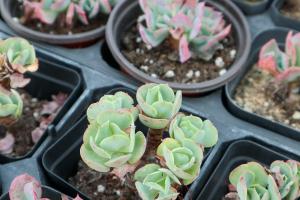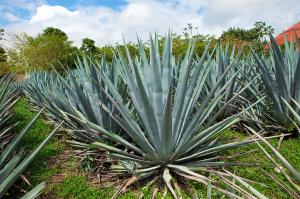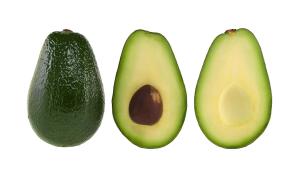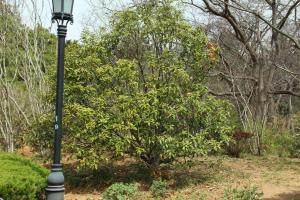How to Make a Plant Water Feeder
Keeping plants hydrated is essential for their growth and health, but sometimes it can be challenging to remember to water them regularly. A plant water feeder can help solve this problem by providing a constant supply of water to your plants. In this article, we will show you how to make a simple and effective plant water feeder using only a few basic materials.
Materials
To make a plant water feeder, you will need:
A plastic bottle
A pair of scissors
A sharp object, such as a screwdriver or drill
A piece of cloth or paper towel
A water-absorbing crystal or cotton ball
Step-by-Step Guide
Follow these easy steps to make your own plant water feeder:
Start by cleaning the plastic bottle and removing any labels or stickers.
Cut off the bottom of the bottle using a pair of scissors.
Using a sharp object, such as a screwdriver or drill, poke several holes in the bottle's cap.
Take a piece of cloth or paper towel and place it over the holes in the bottle cap. This will prevent the water-absorbing crystal or cotton ball from falling through.
Add the water-absorbing crystal or cotton ball to the bottle. Make sure it is large enough to fill the inside of the bottle and touch the bottom.
Fill the bottle with water and screw the cap back on.
Turn the bottle upside down and place it next to your plant. The water will slowly drip out of the holes in the cap and be absorbed by the crystal or cotton ball, providing a continuous supply of water for your plant.
Tips and Tricks
Here are a few tips to keep in mind while making and using your plant water feeder:
Water-absorbing crystals are available at most garden centers and nurseries. They are a great option for those who want to conserve water as they can hold up to 400 times their weight in water.
Cotton balls are a cheap and readily available alternative to water-absorbing crystals. They work just as well and are easy to replace when they become saturated.
It's a good idea to test your plant water feeder for a couple of days to make sure you have the right size holes in the cap. If the water drips out too quickly, make the holes smaller, and if it drips too slow, make them larger.
Always check your plant water feeder regularly to make sure it's working correctly and hasn't become clogged or empty. Replace the water and crystals or cotton as needed.
Conclusion
Making a plant water feeder is a cheap, easy, and effective way to keep your potted plants healthy and hydrated. With just a few materials and a little bit of time, you can create a simple and efficient watering system that will save you time and effort in the long run.

 how many times do yo...
how many times do yo... how many planted tre...
how many planted tre... how many pine trees ...
how many pine trees ... how many pecan trees...
how many pecan trees... how many plants comp...
how many plants comp... how many plants can ...
how many plants can ... how many plants and ...
how many plants and ... how many pepper plan...
how many pepper plan...

































